Israel’s Missile Defense Systems
November 10, 2012
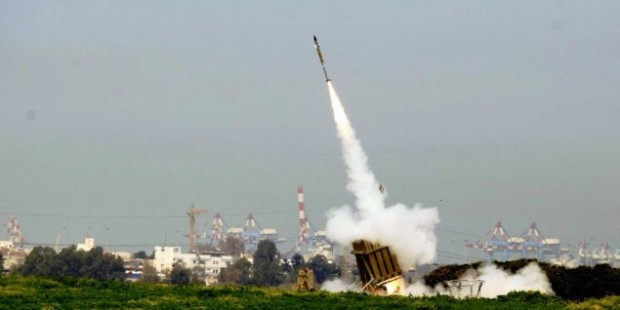
Name: Iron Dome (כיפת ברזל)
Developers: Rafael Advanced Defense Systems; Elta; mPrest Systems
Target: Short-range rockets; Artillery/mortar shells (44 mile maximum distance)
Missile: Tamir Interceptor with electro-optic sensors and numerous steering fins
Cost: Battery – $50 million; Missile – $40,000
Battery Components: Tracking Radar; Battle Management & Weapon Control (BMC); Missile Firing Unit
Operational Timetable: First test- July 2009; First deployment- March 2011; First Interception- April 2011
Interceptions/Success Rate: 93 rockets at 90% interception success (as of April 2012)
Overview: Israel’s first line of missile defense, designed to protect from the short range rockets adn mortars fired by Palestinian terrorists in Gaza and Hezbollah in southern Lebanon. The system has the capability to identify and destroy projectiles before they land in Israeli territory. One of the most advanced features of Iron Dome is its capability to determine where an incoming rocket will land and to then only intercept projectiles that pose threats to populated areas. In March 2012, the Iron succeeded in its first real battle test, when it intercepted more than 60 rockets fired by Hamas. Since 2010, the US has budgeted more than $800 million for Iron Dome batteries.
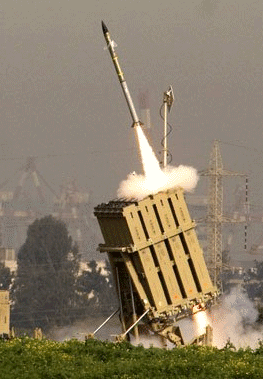
———————————————————————————————-
Name: David’s Sling (קלע דוד)
Developers: Rafael Advanced Defense Systems; Raytheon
Target: Medium- to long-range rockets (25-185 mile range)
Missile: Stunner two-stage Interceptor with electro-optical sensor & radar targeting system
Operational Timetable: Initial Operational Capability expected in 2012
Budget Allocation: $330 million from US government since 2006
Overview: David’s Sling was developed as a flexible, multipurpose weapon system capable of engaging aircraft, cruise missiles, ballistic and guided missiles. Its Stunner interceptor missile is designed for land-based, maritime and airborne applications and is fitted with a dual-band imaging infrared and radio-frequency seeker, as well as a multi-pulse rocket motor enabling all-weather operation. David’s Sling was designed to target incoming missiles during their terminal phase, unlike the Iron Dome which intercepts missiles at their highest trajectory. Its primary role will be to intercept medium- and long-range ballistic and guided rockets, such as the Iranian Fajr-5 and BM-25 as well as the Syrian M-600 and Yakhont supersonic cruise missile.

———————————————————————————————–
Name: Arrow Theatre System (חֵץ)
Developers: Israel Aerospace Industries (IAI); Boeing
Target: Long-range conventional ballistic missiles; high-altitude nuclear warheads (Arrow-3)
Cost: $3 million per unit
Budget Allocation: $825 million from US government since 2006; ~$300 million from Israeli government
Battery Components: Arrow Interceptor; early-warning AESA radar; command & control center; launcher
Operational Timetable: First deployment (Arrow2)- October 2000; First test (Arrow3)- January 2012
Overview: The Arrow is designed to give Israel a full theatre ballistic missile defense capability. The original versions (Arrow-1 & -2) were initially greenlit in 1988 and became operation in 2000 to protect against long-range conventional missiles. In August 2008, the US and Israel began production of the Arrow-3 which is comprised of an exoatmospheric interceptor and proportional navigation to directly target an incoming missile outside of the earth’s atmosphere, thereby preventing collateral damage from impact with a nuclear warhead. The Arrow has a greater accuracy (99% kill rate) and a longer targeting range (missiles of over 600 miles). Currently, Israel has two Arrow-2 batteries deployed in the center of the country and may deploy an Arrow-3 by 2014.
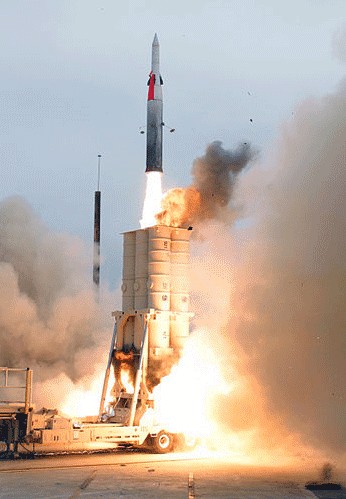
———————————————————————————————–
Name: Patriot
Developers: Raytheon; Hughes; RCA
Target: High-Perfomance Aircraft; mid- and long-range tactical ballistic missiles
Missile: Surface-to-Air Interceptor (SAM)
Battery Components: Stationary launcher (with 4 missiles); scanning radar; command & control center
Operational Timetable: First deployment (US) – 1984; First Activity (Israel) – 1991
Overview: The Patriot missile system was first used in Israel during the Gulf War when Saddam Hussein fired Scud missiles at Israel and it had a 40% claimed success rate in shooting down incoming missiles. The Israeli government, however, with dissatisfied with the performance and has worked to update the system and will now be phasing it out for the David’s Sling. The upgraded versions, PAC-2 and -3, provide a more reliable and lethal capability to defeat advanced threats – including aircraft, tactical ballistic missiles, cruise missiles, and UAVs – in almost all operational combat environments. The newest Israeli version is set to replace the four-missile stationary launcher with a 16-missile launcher, which will make it better equiped to contend with a prolonged barrage of missiles. In 2006, Israel stationed a Patriot battery in Haifa to protect from Hezbollah rockets. Another was placed in the north during 2012.
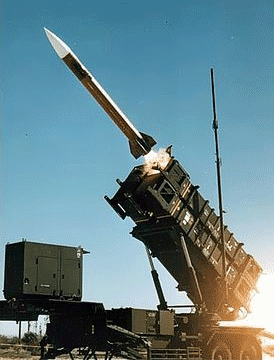
Similar posts
-

Israel Has The Most Moral Military In The World
April 10, 2024In the heart of a region often riddled with conflict, Israel stands out not only for its technologi...
-

The Resilience of the Israeli People
April 2, 2024Visitors from around the world have seen Hamas's October 7th Massacre's destruction in southern Isr...
-
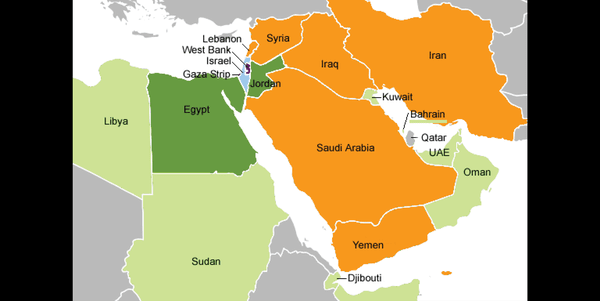
Israel: Small Size, Big Impact
March 21, 2024Nestled along the eastern edge of the Mediterranean Sea, Israel is a land of immense historical sig...
-

Israelis Are Fighting For Their Lives
February 21, 2024By Jonathan S. Tobin The world looks a lot different from Kibbutz Kfar Aza than it does in the U...
-

Over 2 Million Arabs Live In Israel
January 23, 2024In the complex landscape of the Middle East, where diverse cultures and identities intersect, Israe...
-

'Fauda' Star Idan Amedi Injured Fighting in Gaza
January 8, 2024Despite the severity of his injuries, Amedi's father assured Israeli news channels that his life is...
-

Israel Is A Great Country To Live In
December 28, 2023Nestled at the crossroads of the Middle East, Israel stands as a vibrant and dynamic nation, offeri...
-

Dear World: I Don't Care
November 2, 2023By Avi Lewis I don’t care that you sympathize with Hamas I know you wouldn’t tolerate any of ...





















Inspiring! Truly the appleof Gods eye
Would this idea be feasible? AT the time a rocket launch is detected,immediatly launch a rocket to the point of origin ,while the iron dome is still analyzing and destroying the incoming rocket.
Israel does not do that because Hamas launches rockets at Israel from schools, mosques, hospitals hoping that Israel will fire back and kill as many Palestinians as possible. They know the news will cover that.